The best lenses for the Nikon D5600 in 2025: the next lenses to get for your Nikon DSLR
The cream of the crop, these are the best lenses for the Nikon D5600 to take your photography to the next level

The Nikon D5600 is a DX camera (that’s Nikon’s term for its APS-C crop-sensor cameras), and requires DX lenses for best functionality, although I think that some FX (full-frame) lenses also make great partners for the D5600.
While lenses are general-purpose to an extent, there are certain lenses that lend themselves better to certain disciplines. For example, telephoto lenses have a longer focal length and are ideally suited to sports and wildlife photography, while wide-angle lenses offer a greater field of view perfect for landscapes or astro. Macro lenses specialize in terms of being able to focus closely, and therefore gather more detail from a small subject and record it on the image sensor.
When you’re looking for the right DX lens for your D5600, it’s important to consider whether the lens is a zoom or a prime, as zooms allow for recomposition without moving the camera, but primes often give faster maximum apertures for better low-light performance.
If you’re shooting handheld or at slower shutter speeds, Vibration Reduction can steady the frame optically, ready for you to capture a sharp shot despite the movement. Other elements also come into play, such as size and weight which can impact a lens’ portability, so bear that in mind if you’ll be doing a lot of traveling or hiking long-distance.

Jase Parnell-Brookes is an award-winning photographer, educator and writer based in the UK. They won the Gold Prize award in the Nikon Photo Contest 2018/19 and was named Digital Photographer of the Year in 2014. After completing their Masters, Jase has spent a good chunk of two decades studying and working in photography and optics. Now the Channel Editor for Cameras and Skywatching at Space.com, their speciality is in low-light optics and camera systems.
The Quick List
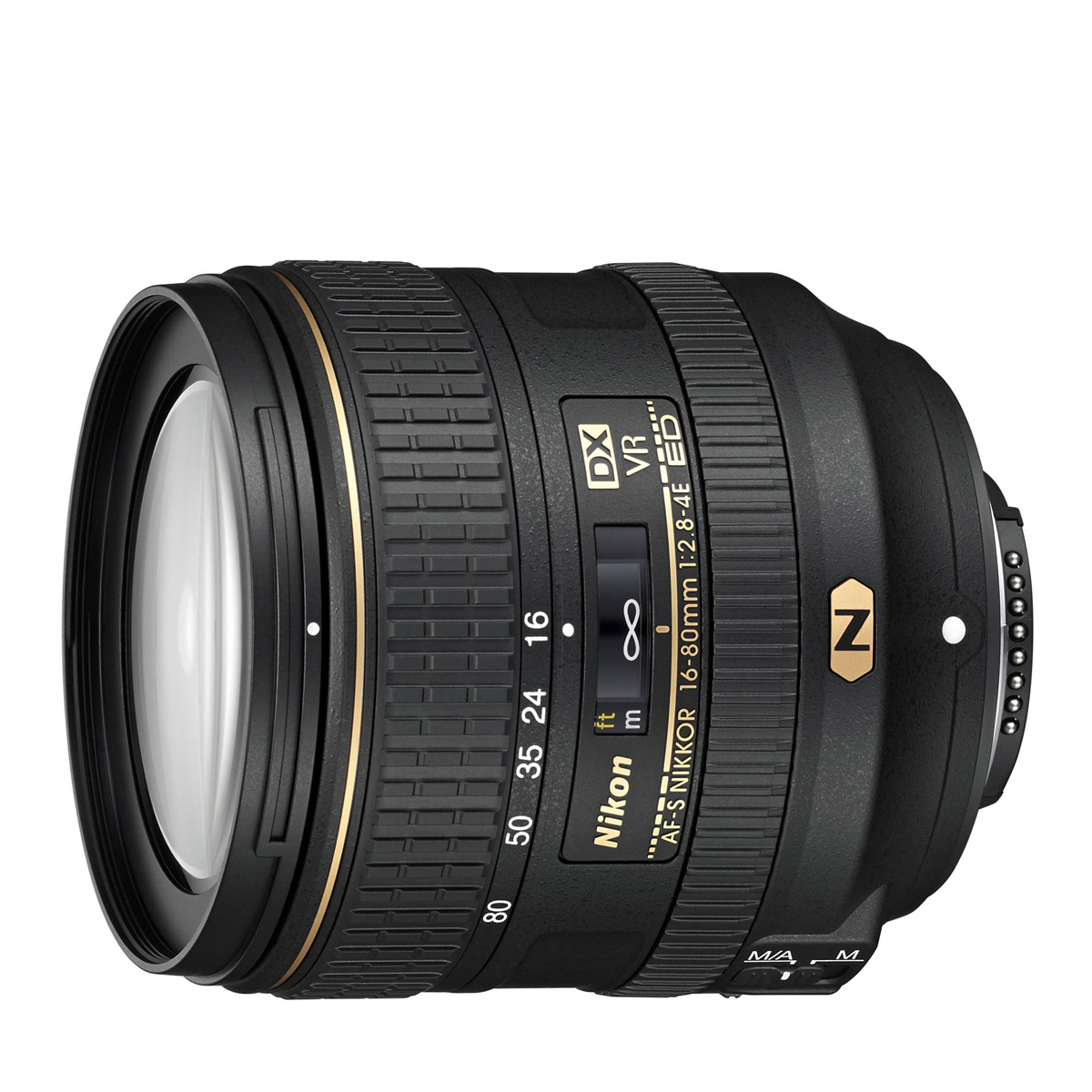
This zoom goes wider and longer than most standard zooms, while maintaining image quality throughout. I think it's Nikon's pick of the bunch. Read more below…
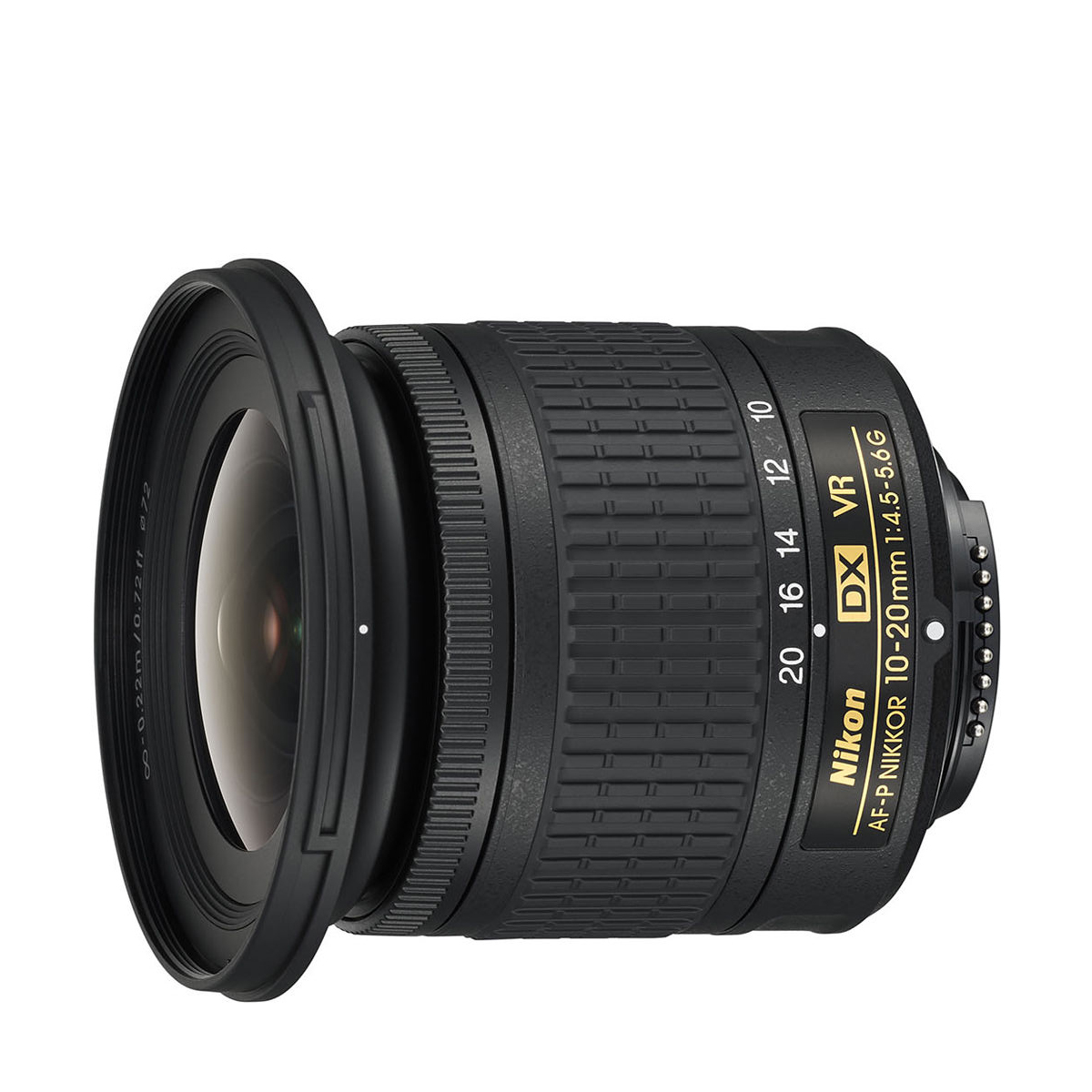
This zoom takes up very little room when you’re heading outdoors, and its field of view is perfect for capturing epic scenes. Read more below…
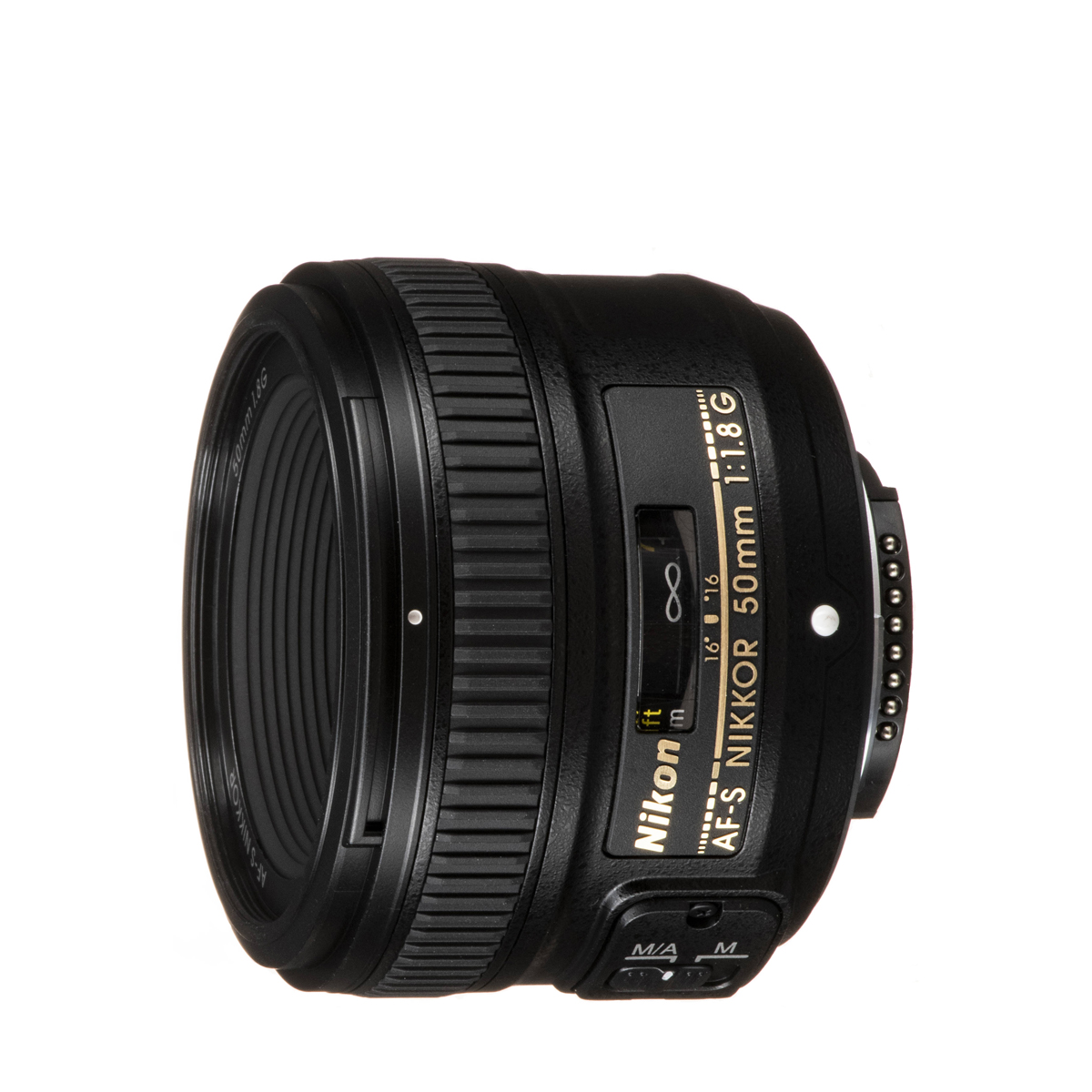
On the D5600, this prime gives you the optimum focal length for taking portraits, plus a wide aperture that delivers soft backgrounds. Read more below…
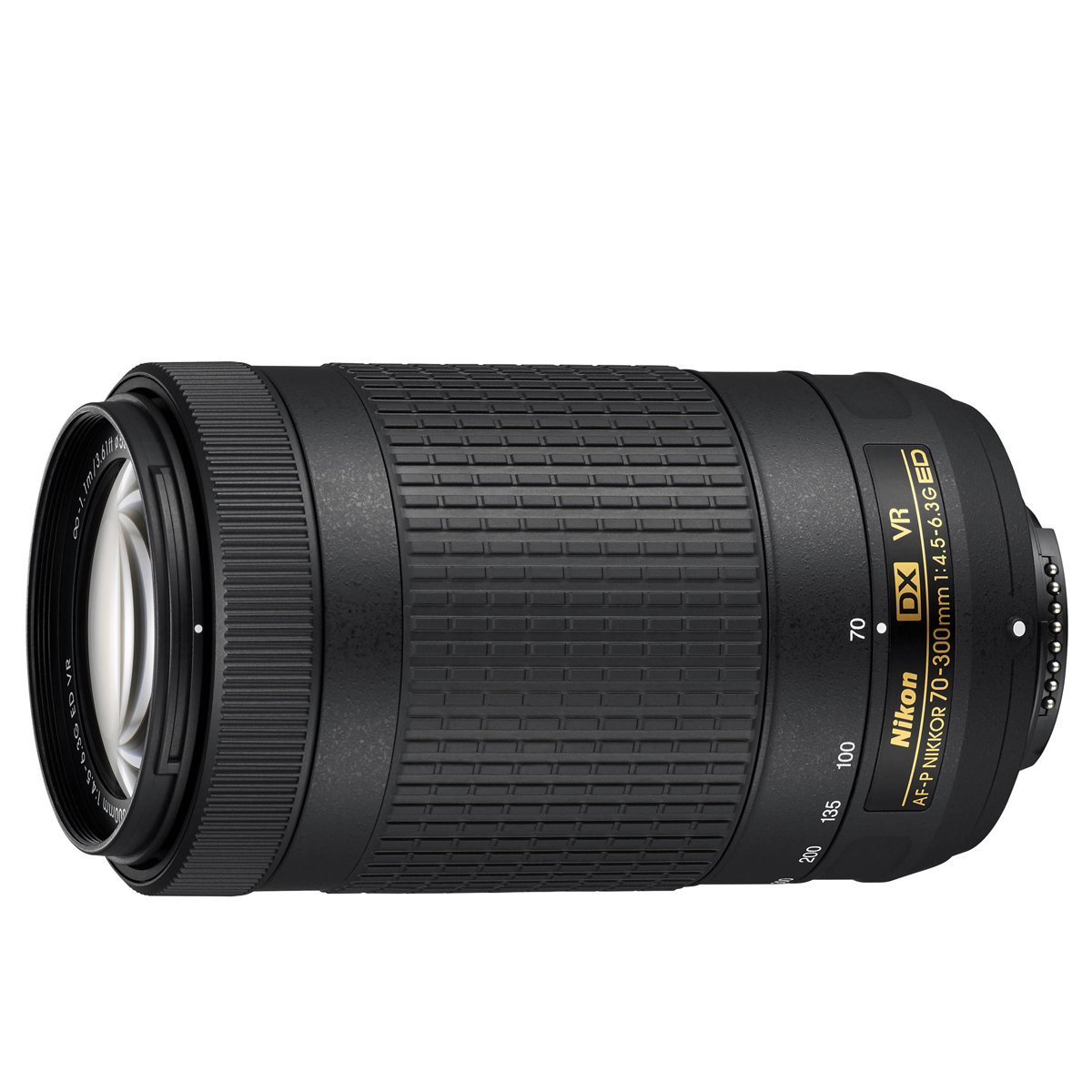
Here’s a great zoom lens for getting started with sports or wildlife subjects, where you can’t always get as close as you’d like to. Read more below…

With a focal length range boosted by the D5600’s small image sensor, this zoom gets you incredibly close to the action. Read more below…
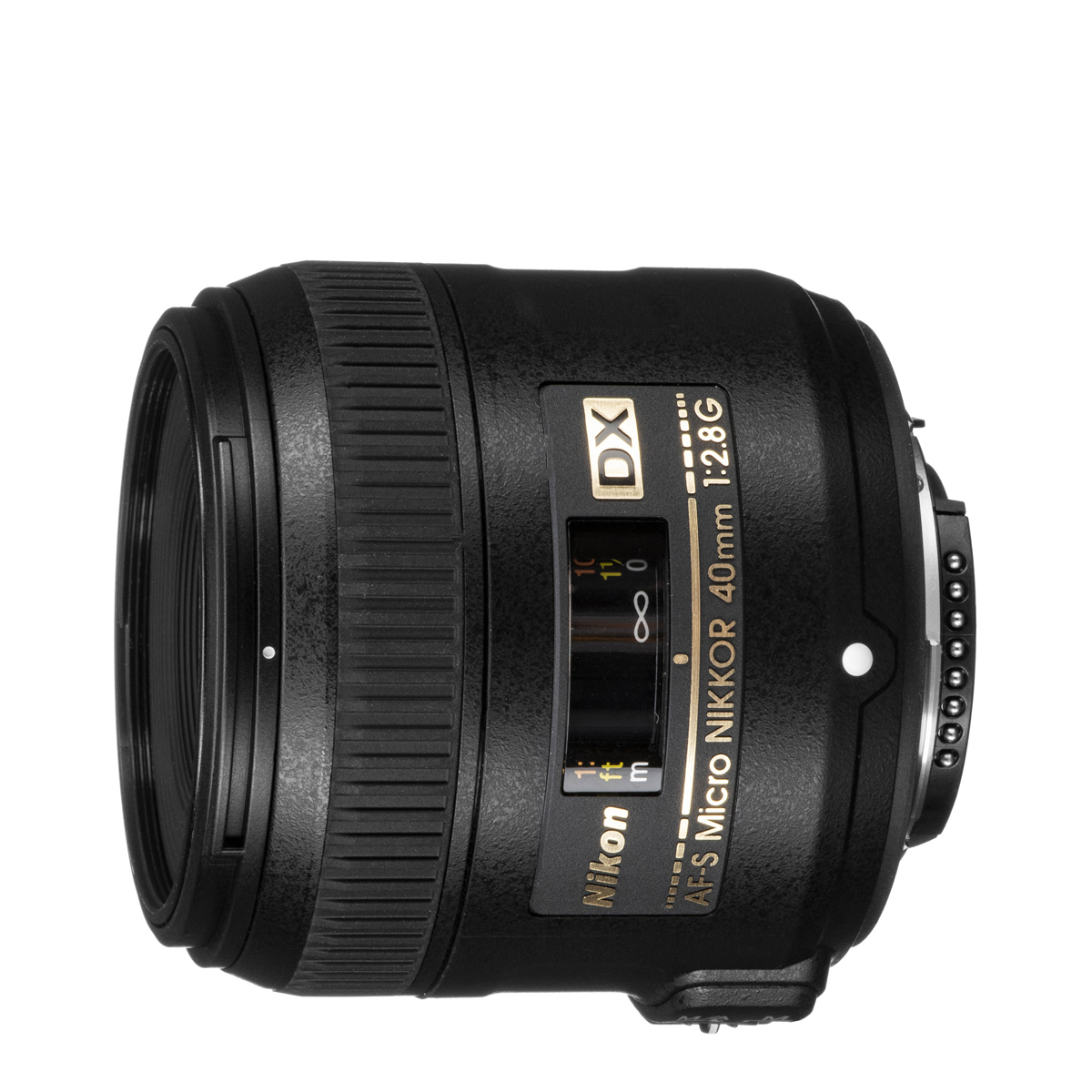
This prime offers an affordable way to get into extreme close-up photography, with lifesize magnification of tiny subjects. Read more below…
Best lenses for the Nikon D5600
Why you can trust Digital Camera World
Best everyday lens for the D5600
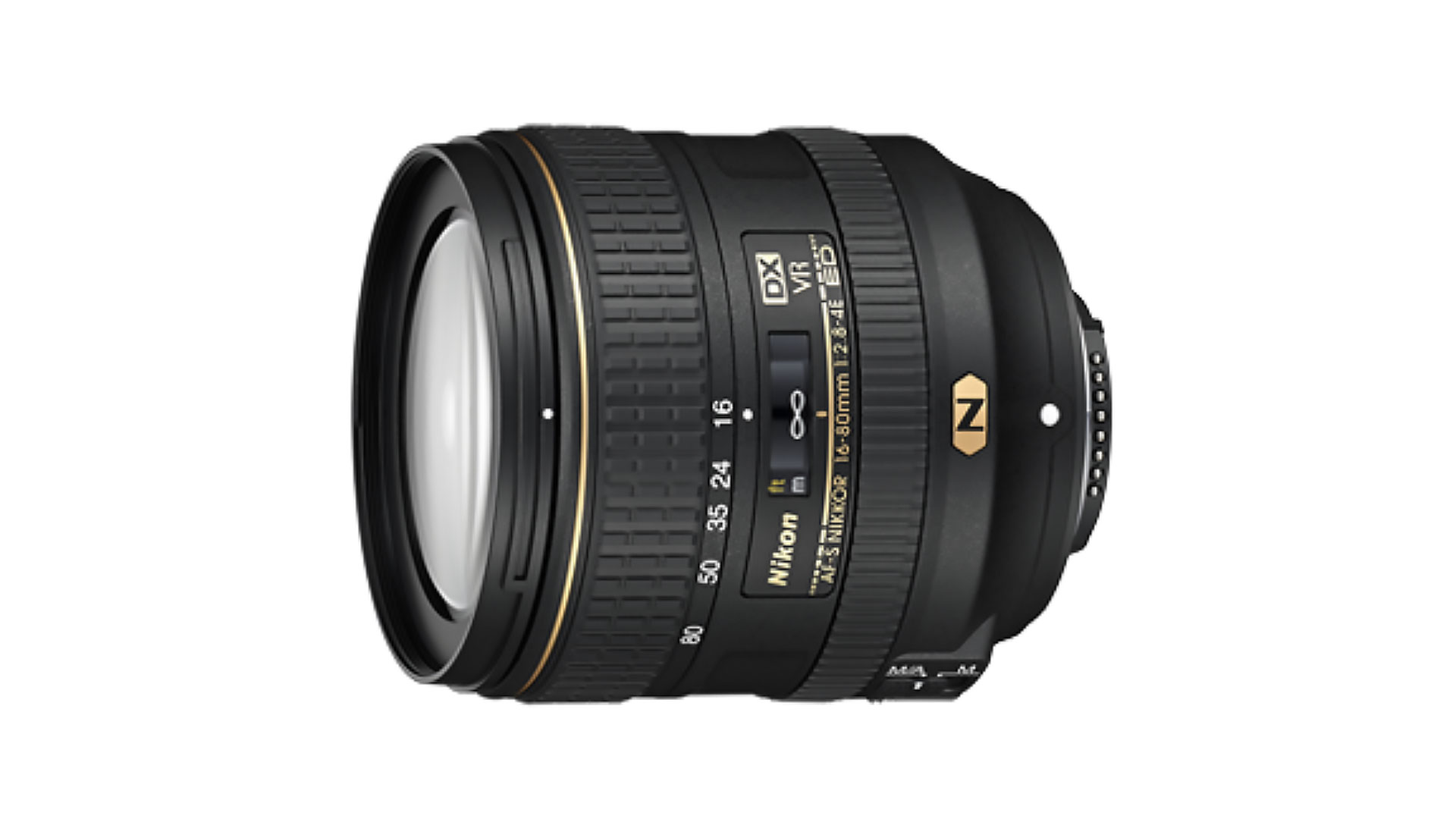
Specifications
Reasons to buy
Reasons to avoid
I'll kick off by saying that this lens has been discontinued but, if you can't find a new one, it makes an ace used buy. It's the most expansive DX F-mount standard zoom lens you can buy for the Nikon D5600 and, for my money, the best that Nikon ever made. When capturing wide shots the fast f/2.8 aperture drinks in the light, and while it does stop down to f/4 once zoomed in, that's certainly not 'slow'.
If the maximum f/4 aperture does bog you down at any point, simply turn on Vibration Reduction for up to four stops of stabilization compensation, which will steady the frame and maintain sharp results when shooting handheld with slower shutter speeds.
Read more: Nikon AF-S DX 16-80mm f/2.8-4E ED VR review
Best wide-angle lens for the D5600
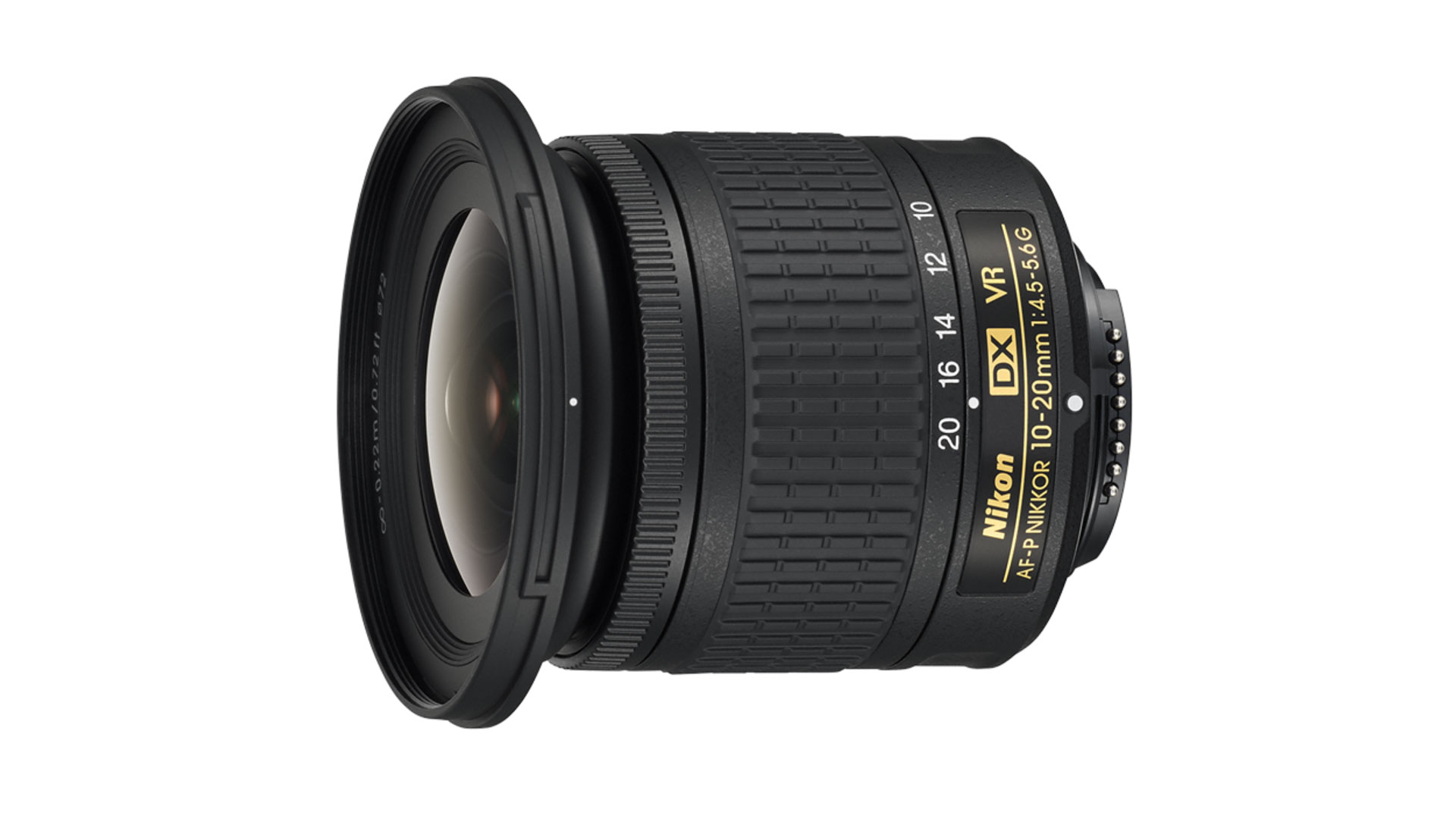
Specifications
Reasons to buy
Reasons to avoid
Small and lightweight, the Nikon 10-20mm f/4.5-5.6G VR AF-P DX is the perfect ultra-wide lens for travel photography, or for those heading out on long hikes for stunning landscape scenes. At just 230g it can tuck away unnoticed into a camera bag or pocket, and is at home on the lightweight D5600 body.
The aperture range of f/4.5-5.6 isn’t the brightest ever, but it is complemented by 3.5 stops of Vibration Reduction to assist in the taking of steady, sharp shots even when in challenging conditions where shutter speeds must remain slow.
Read more: Nikon AF-P DX 10-20mm f/4.5-5.6G VR review
Best portrait lens for the D5600

Specifications
Reasons to buy
Reasons to avoid
Any D5600 owner wanting an inexpensive lens to start off with, or to add to their existing lens collection, should look no further than the Nikon 50mm f/1.8G. Less than 200g in weight and fast to autofocus this nifty fifty packs a wallop when it comes to image quality.
Thanks to the mid-range focal length and wide f/1.8 aperture, portraits are a dream to shoot with this lens, providing smooth bokeh when shot wide open. The 50mm f/1.8G is the best prime to go for if you’re on a budget and need a general lens that can shoot everything well, or you could look at the Nikon AF-S DX 35mm f/1.8 as a wider alternative.
Read more: Nikon AF-S 50mm f/1.8G review
Best telephoto lens for the D5600
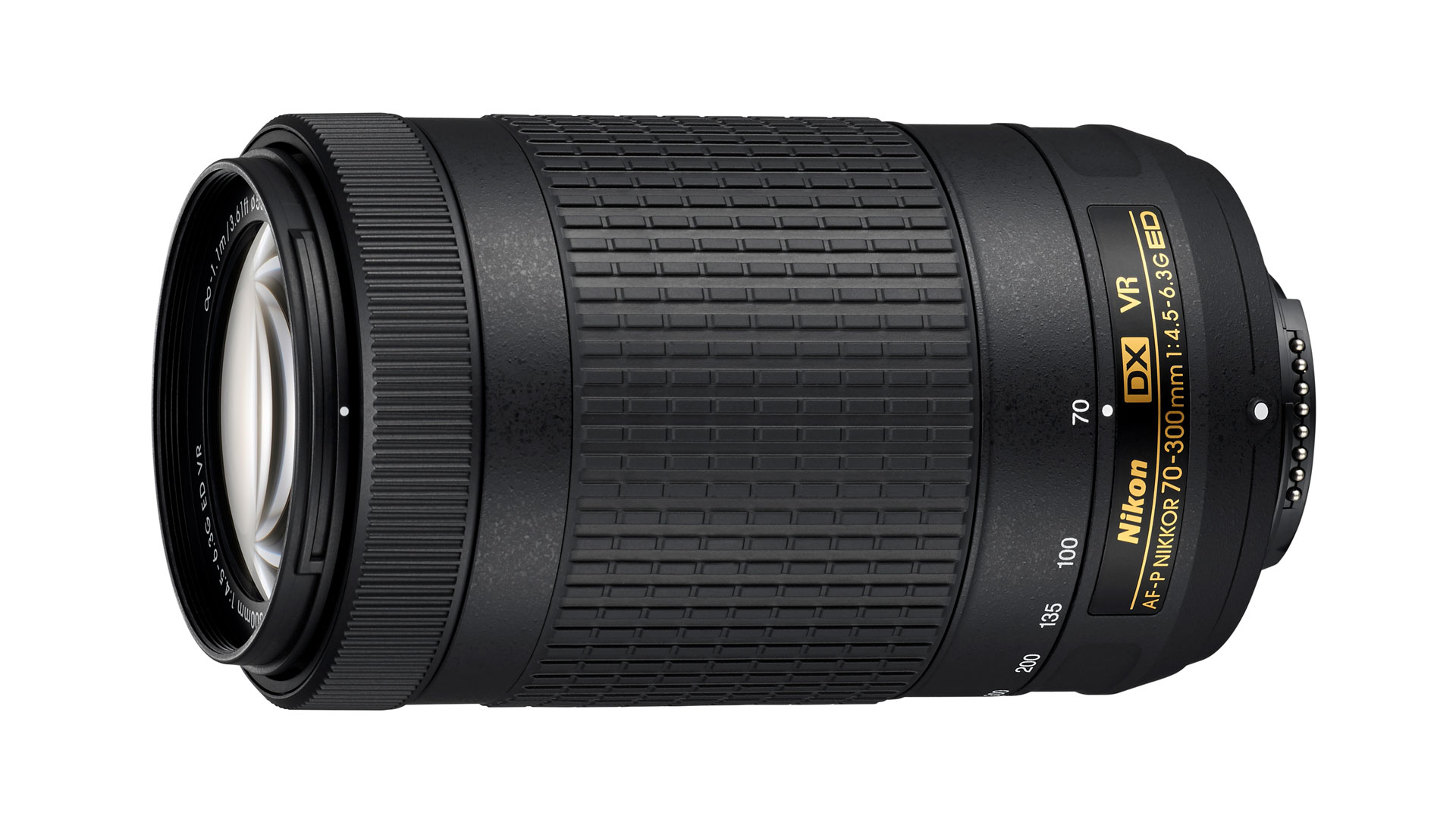
Specifications
Reasons to buy
Reasons to avoid
With an equivalent focal length range of 105-450mm on the D5600, this telephoto zoom lens is best used for simple wildlife, sports, and action shots, though it’s equally adept for portraiture and long-zoom landscapes.
Integrated Vibration Reduction keeps the frame steady, crucial when shooting at the longer end of this lens due to camera shake blur as the maximum aperture stops down to a slightly dimmer f/6.3 which restricts light. Extra low dispersion glass elements in the lens help to keep a nice, sharp image for quality results. Internal focusing means filters stay put and water/dirt ingress is kept to a minimum.
Read more: Nikon AF-P DX 70-300mm f/4.5-6.3G ED VR review
Best super-telephoto lens for the D5600
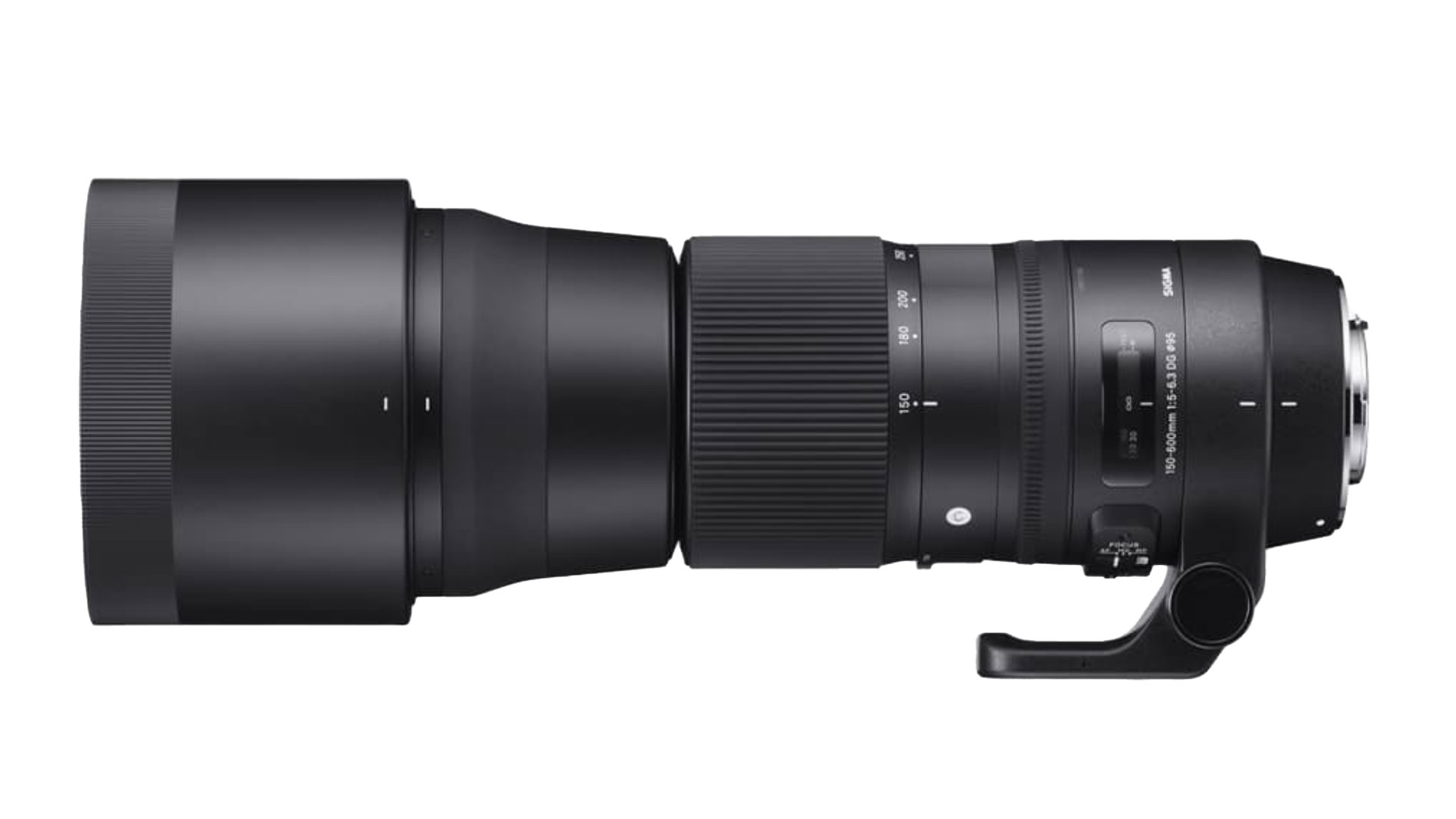
Specifications
Reasons to buy
Reasons to avoid
This is a hyper telephoto zoom lens that’s probably best suited to practiced photographers that have had their D5600 for a while or who are particularly interested in capturing wildlife shots without disturbing the subject. With an effective focal length of 225-900mm on the D5600's crop sensor body, it gives astonishing range for capturing distant subjects and fully filling the frame, and is particularly ideal for bird photography.
Though a little large and heavy, it’s still suitable for handheld shooting of distant birds, mammals, and other wildlife, or even sports, action, and even some deep field astrophotography. Four stops of stabilization paired with a steady hand (or monopod) makes this my hyper-telephoto zoom of choice.
Read more: Sigma 150-600mm f/5-6.3 DG OS HSM Contemporary review
Best macro lens for the D5600
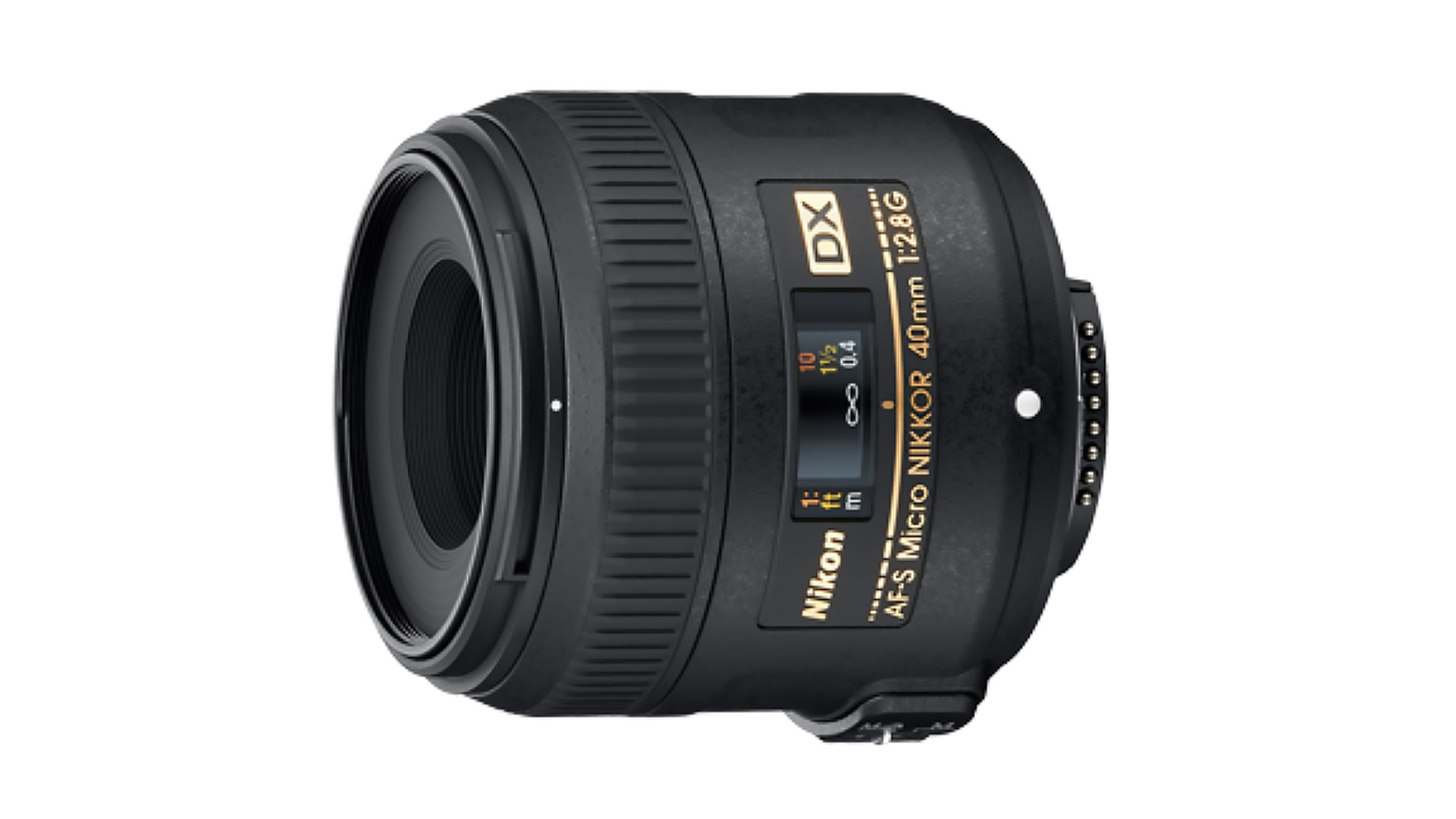
Specifications
Reasons to buy
Reasons to avoid
The Nikon 40mm f/2.8G AF-S DX Micro lens is a brilliant lens to add to your D5600 if you’re looking to dabble in macro photography without committing to an expensive lens. It focuses to infinity so can double as a general purpose lens as well, but it has a minimum focusing distance of 16.3cm which is close enough to get in tight on smaller subjects.
Wildlife macro photography (such as bug photography) may be a little tricky given the lens’ slightly wide-angle focal length – you can end up very close – but it does suit flower photography, jewelry, and any other macro subjects that aren’t flighty. It gives a true 1:1 reproduction ratio for genuine macro shots.
Read more: Nikon AF-S DX 40mm f/2.8G Micro review
Lab data and comparisons
The graphs below show the comparative performance of the lenses in this guide, based on our in-house lab tests. The Nikon AF-S 50mm f/1.8G prime lens is a standout winner in this group for sharpness, although the Sigma 150-600mm f/5-6.3 DG OS HSM | C is impressive for a zoom lens, especially considering its super-telephoto range. Typical of ultra-wide-angle zooms, the Nikon AF-P DX 10-20mm f/4.5-5.6G VR exhibits heavy barrel distortion at the short end of its range.
Scores for sharpness and color fringing are averaged from data taken across the entire image frame, from the center to the edges and corners, throughout the aperture range. For zoom lenses, the scores are also averaged from data measured at all marked focal lengths, and the same applies to distortion. Bear in mind that these average values don't fully reflect specific areas of performance. For example, a zoom lens might have noticeable barrel and pincushion distortion at its shortest and longest focal lengths respectively, which tends to average out when looking at the data overall. For more detailed graphs of each lens's performance, which give the full picture, check out the graphs in our full standalone lens reviews.
How to choose the best lens for the Nikon D5600
Which lenses fit the Nikon D5600?
The D5600 uses the Nikon F mount and is compatible with all lenses designed for that mount. Nikon’s own F-mount lenses typically have AF-P or AF-S at the start of their model names, which refer to the type of autofocus system they use.
Some F-mount lenses are designed for use with APS-C format DSLR cameras such as the D5600, rather than full-frame DSLRs. Nikon lenses that fall into this category have DX as part of their model names. These lenses are typically smaller, lighter and cheaper than the equivalents designed for full-frame cameras.
If you buy a DX lens and later upgrade to a full-frame Nikon DSLR, the image you get through the DX lens will be cropped compared with a full-frame lens.
In common with other Nikon DSLRs, the D5600 is not compatible with Z-mount lenses made for Nikon Z-series mirrorless cameras. But if you later upgrade to a Z-series camera, you can buy an adaptor to use your collection of F-mount lenses on your new camera.
How do I know which lens to get for my D5600?
The reason there are so many types of lens in the first place is that different scenes demand different lens designs, particularly when it comes to focal length and aperture rating.
Usually, you will decide what you want to photograph, then get a lens with the focal length that suits the situation. For example, to shoot landscapes you will need a wide-angle lens, while for sports and wildlife you will need a telephoto.
You can watch this video that explains focal length: it helps you work out what kind of lenses you need for different genres of photography.
How we test lenses
The lens experts in our testing lab run a range of tests under controlled conditions, using the Imatest Master testing suite. Photos of test charts are taken across the range of apertures and zooms (where available), then analyzed for sharpness, distortion and chromatic aberrations.
We use Imatest SFR (spatial frequency response) charts and analysis software to plot lens resolution at the centre of the image frame, corners and mid-point distances, across the range of aperture settings and, with zoom lenses, at four different focal lengths.
There's more to it than just the technical side, though! Beyond the lab, our reviewers test lenses in real-world environments – and sometimes on professional shoots! We work with lenses both indoors and outdoors, in studio conditions and in natural light, with as many different subjects as is possible (or appropriate – there's no point testing a landscape lens' ability to shoot a portrait!).
We take into account everything from handling and ease of use to speed of autofocus and the overall quality of the images produced.
Find out more about how we test and review on Digital Camera World
Get the Digital Camera World Newsletter
The best camera deals, reviews, product advice, and unmissable photography news, direct to your inbox!
Jase Parnell-Brookes is an award-winning photographer, educator and writer based in the UK. They won the Gold Prize award in the Nikon Photo Contest 2018/19 and was named Digital Photographer of the Year in 2014. After completing their Masters Jase has spent a good chunk of two decades studying and working in photography and optics shooting and writing all over the world for big-name brands and media outlets. Now the Channel Editor for Cameras and Skywatching at Space.com their speciality is in low light optics and camera systems.
- Adam WaringGuides Editor
